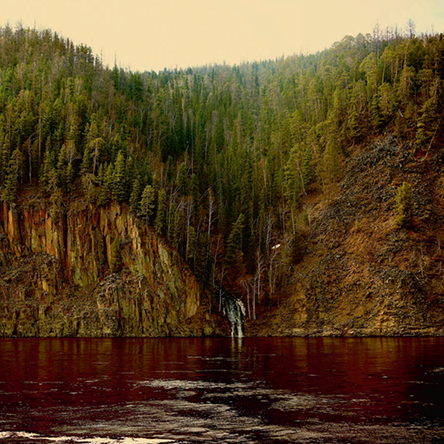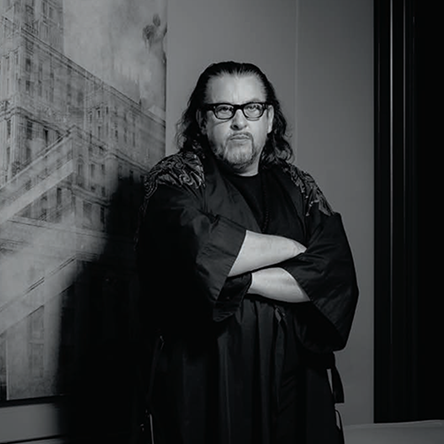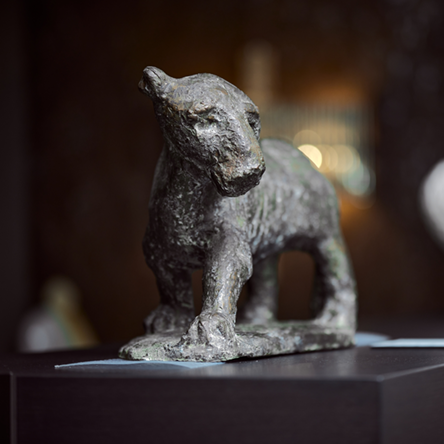IVAN AIVAZOVSKY
Ivan Aivazovsky (1817-1900) was a Russian painter of Armenian descent considered to be among the most important landscape and marine painters in history.
Whilst his early landscapes were of his native Crimean countryside, his later works and the majority of his 6000 paintings consist of near Apocalyptic seascapes and coastal scenes, from battleships in flames to ordinary people and soldiers fighting for their lives amidst storms and battles.
Aivazovsky’s name is synonymous with the Black Sea. He knew it well and had an innate grasp of its aesthetic and movements. Each painting is more than a mere representation of the sea. The viewer feels compelled to immerse him or herself in the story, the same story told in a different and innovative way each time: that of the inevitable dichotomy of man’s struggle against, and love of nature in its entirety.
Ivan Aivazovsky was a Romantic painter in the true 19th Century manner. Wild and fanciful, his paintings convey a continuum between the sea and sky, so much so that it creates an almost digital 3D effect while retaining its original beauty and congruity, owing to Aivazovsky’s meticulous use of light, colour and contrast. Through his immense skill and imagination, he was able to elicit the splendour of nature in all its prismatic forms. The sky, rather than serve as an ambience to the sea and the objects in it, becomes an integral part of the composition which gives each work a momentum and a hauntingly timeless appeal. His attention to light and colour is none the more evident than in his most famous work “The Ninth Wave" completed in 1850. The allure of the painting lies precisely in its momentum, its visual and subliminal dissonance and irony: dawn breaks after a night storm and a small group of shipwrecked people desperately cling on to life by holding on to what appears to be a mast. The sharp sun light composed of a lively orange-yellow sky softens the menacing overtones of the sea and allows for a glimmer of hope, despite death being imminent. Aivazovsky was familiar with the songs of the medieval poets glorifying light in the Armenian churches, and thus to him Light was an eternal symbol of life, love and faith.







